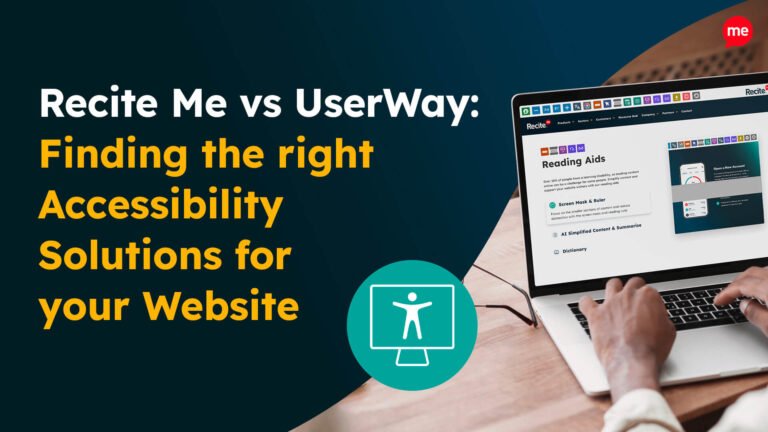Get Your Free Accessibility & Inclusion Toolkit
Download NowMaking the web accessible is an ongoing effort. The Web Content Accessibility Guidelines (WCAG) provide a roadmap for designing websites and apps that everyone can use, regardless of ability. WCAG 2.1 brought important updates after version 2.0, and WCAG 2.2 adds even more criteria to improve inclusivity. In this article, we’ll explore the changes, what they mean for your site, and how to stay compliant.
WCAG 2.1 at a glance
WCAG 2.1 was introduced to expand the scope of WCAG 2.0, which was first published in 2008. WCAG 2.0 laid the foundation with 61 success criteria and WCAG 2.1 added 17 new criteria to address emerging accessibility challenges.
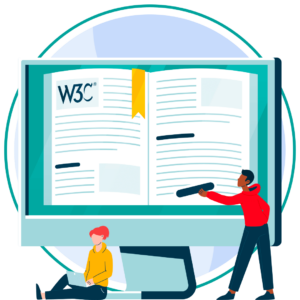
The key updates in WCAG 2.1 focus on three main areas:
- Mobile accessibility – ensures websites and apps work on touchscreens, with proper button spacing and gesture support.
- Low-vision users – improves focus indicators, text resizing, and contrast for clearer content and navigation.
- Cognitive and learning disabilities – supports simpler navigation, clear language, and predictable interactions.
In total, WCAG 2.1 includes 78 success criteria, all grouped under the principles of POUR. These principles remain the foundation of accessibility, ensuring that updates in WCAG 2.1 are fully aligned with the original 2.0 framework while addressing modern digital needs.
What WCAG 2.2 changes
WCAG 2.2 builds further on the framework of 2.1 with nine new success criteria. It enhances guidance on navigation, interaction, and overall usability for websites and apps.
Some of the most notable changes in WCAG 2.2 include:
- Ensuring that keyboard focus indicators are always visible (partially or fully) and meet size/contrast requirements.
- Interactive elements (like buttons and links) must meet a minimum size or spacing standard.
- Drag-and-drop actions must be achievable with simpler pointer alternatives.
- Help options (like chat or support links) must appear consistently across pages.
- Users shouldn’t have to re-enter the same information multiple times in the same session.
- Logins must not rely solely on memory, puzzles, or complex tasks.
- WCAG 2.2 also removes one outdated success criterion (parsing errors), streamlining the guidelines to reflect modern coding practices.
Get a free automated accessibility check of your websites homepage. This will identify and highlight any compliance issues on your website. Followed by recommendations on how to implement the necessary changes to make your website more accessible.
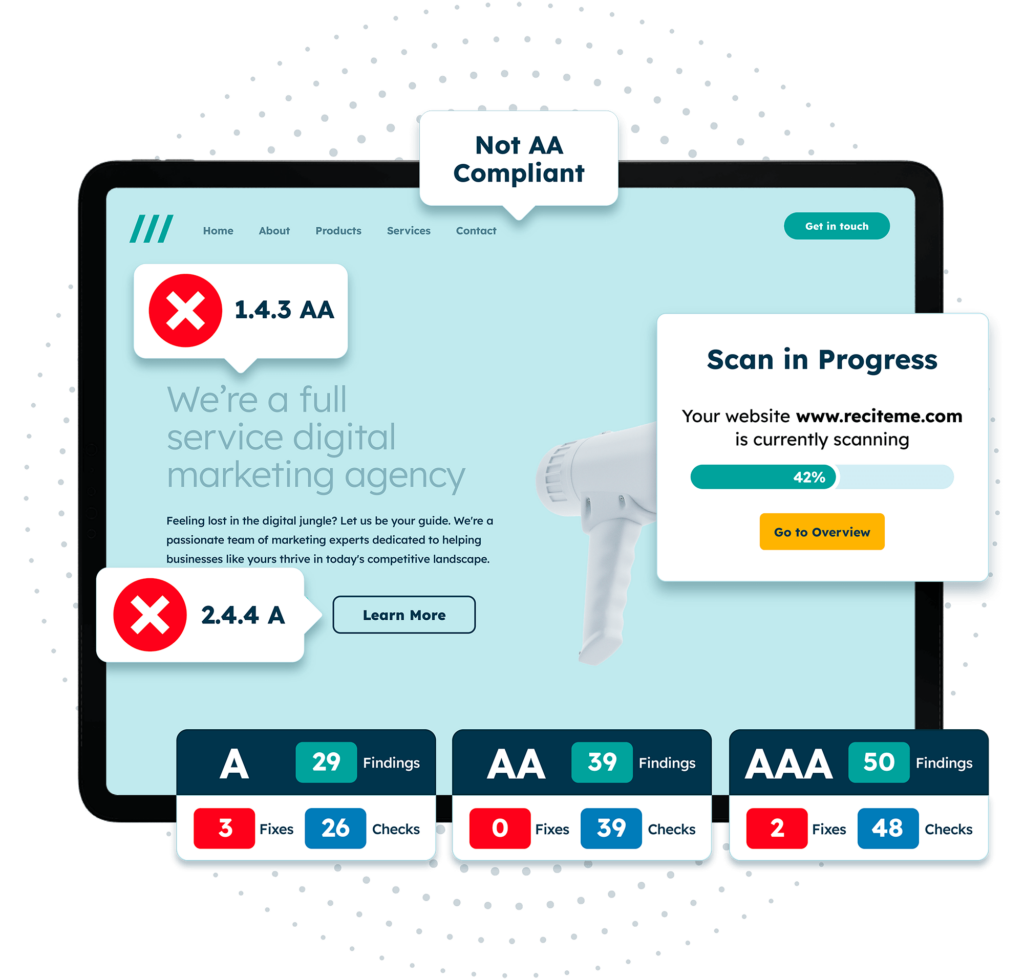
What are the nine new success criteria for WCAG 2.2?
The WCAG 2.2 updates are designed to strengthen accessibility for people with low vision, mobility challenges, and cognitive or learning disabilities.
Guideline 2.4 – Navigable
- 2.4.11 Focus Not Obscured (Minimum) (AA) — When an element receives keyboard focus, that focused element must not be entirely hidden by author-created content (e.g. sticky headers, popouts).
- 2.4.12 Focus Not Obscured (Enhanced) (AAA) — A stronger version requiring the focused element to be fully visible in more situations.
- 2.4.13 Focus Appearance (AAA) — Defines minimum visual requirements for focus indicators (minimum area, contrast and thickness) so keyboard focus is clearly visible.
Guideline 2.5 – Input modalities
- 2.5.7 Dragging Movements (AA) — If something requires dragging (drag-and-drop, sliders), there must be an equivalent single-pointer or non-drag alternative unless dragging is essential.
- 2.5.8 Target Size (Minimum) (AA) — Interactive targets must be at least 24×24 CSS pixels or have sufficient spacing/alternative control. (The spec explains the sizing and spacing exceptions.)
Guideline 3.2 – Predictable
- 3.2.6 Consistent Help (A) — Help and support mechanisms (like help text, error recovery hints) must be provided in a consistent place/way across similar pages.
Guideline 3.3 – Input assistance
- 3.3.7 Redundant Entry (A) — Avoid forcing users to re-enter the same information multiple times during a single process; reuse previously entered data where possible.
- 3.3.8 Accessible Authentication (Minimum) (AA) — Authentication flows (login, CAPTCHA, MFA) must provide an accessible method that doesn’t rely on memory or complex cognitive tasks.
- 3.3.9 Accessible Authentication (Enhanced) (AAA) — Stronger version removing some exceptions — requires accessible alternatives for any cognitive test used in authentication.
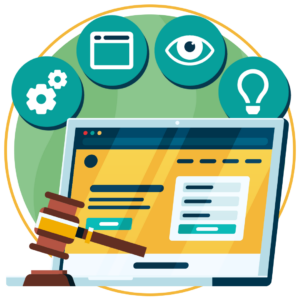
Should you prioritise WCAG 2.1 or WCAG 2.2?
You should prioritise WCAG 2.2 Level AA compliance. Here’s why:
- Complete coverage – includes all WCAG 2.1 requirements plus new criteria, meeting both past and current standards.
- Inclusive design – additional criteria help users with cognitive, learning, and low-vision impairments navigate and interact more effectively.
- Legal alignment – many regions are updating legislation to reflect the latest WCAG. Following the guidelines helps ensure ongoing compliance in the US, UK, EU, and beyond.
- Future-proofing – meeting 2.2 prepares your organisation for WCAG 3.0 and future updates.
Stopping at 2.1 may meet current standards, but risks gaps as legislation and best practices evolve. Accessibility is an ongoing journey; staying ahead with the latest guidelines ensures your website is inclusive, user-friendly, and a model for others.
What’s next for WCAG standards?
WCAG is constantly evolving to reflect changes in technology, user needs, and digital interactions. WCAG 2.2 is the most recent update, but the development of WCAG 3.0 is already underway.
WCAG 3.0 represents a significant shift from previous versions. It will introduce a more flexible scoring model and aims to cover a broader range of disabilities, technologies and content types.
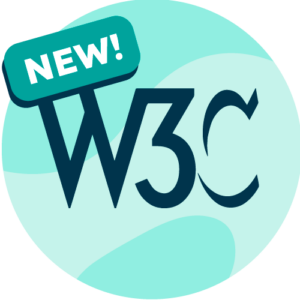
How to get your website WCAG compliant
Getting your website WCAG compliant doesn’t have to be overwhelming. By breaking the process into clear steps, you can identify issues, fix them effectively, and build long-term accessibility into your workflows. Here’s a simple three-step approach to get started:
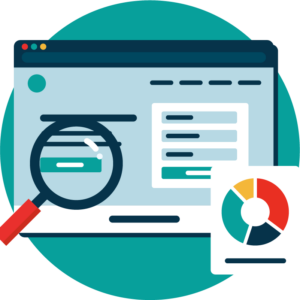
Step 1: Run a free accessibility audit of your website
The first step toward WCAG compliance is understanding where your website currently stands. Automated audit tools like an Accessibility Checker can quickly scan your pages and flag common issues, such as missing alternative text for images, poor colour contrast, unlabeled form fields, or broken keyboard navigation.
Step 2: Remediate your website to address findings of the audit
Once you know what needs fixing, the next step is remediation. This means systematically addressing the accessibility issues uncovered during the audit. These steps might include technical improvements like adding ARIA labels, correcting semantic HTML, or ensuring all functions are keyboard-accessible. It can also involve content enhancements, like writing clear instructions, structuring headings logically, and using plain, understandable language.

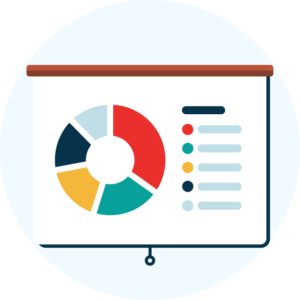
Step 3: Provide accessibility training to key staff
Compliance requires ongoing effort from your whole team, and that’s why accessibility training for staff is essential. When your designers, developers, and content creators understand accessibility principles, they naturally apply them during everyday work. The goal is for new pages, features, or updates to be built with accessibility in mind, reducing the need for costly retrofits later.
Our 40-page Digital Accessibility & Inclusion Toolkit helps businesses break down online barriers and make a real impact. It offers practical advice on all aspects of digital accessibility, from writing an accessibility statement to accessible website tips and inclusive hiring.
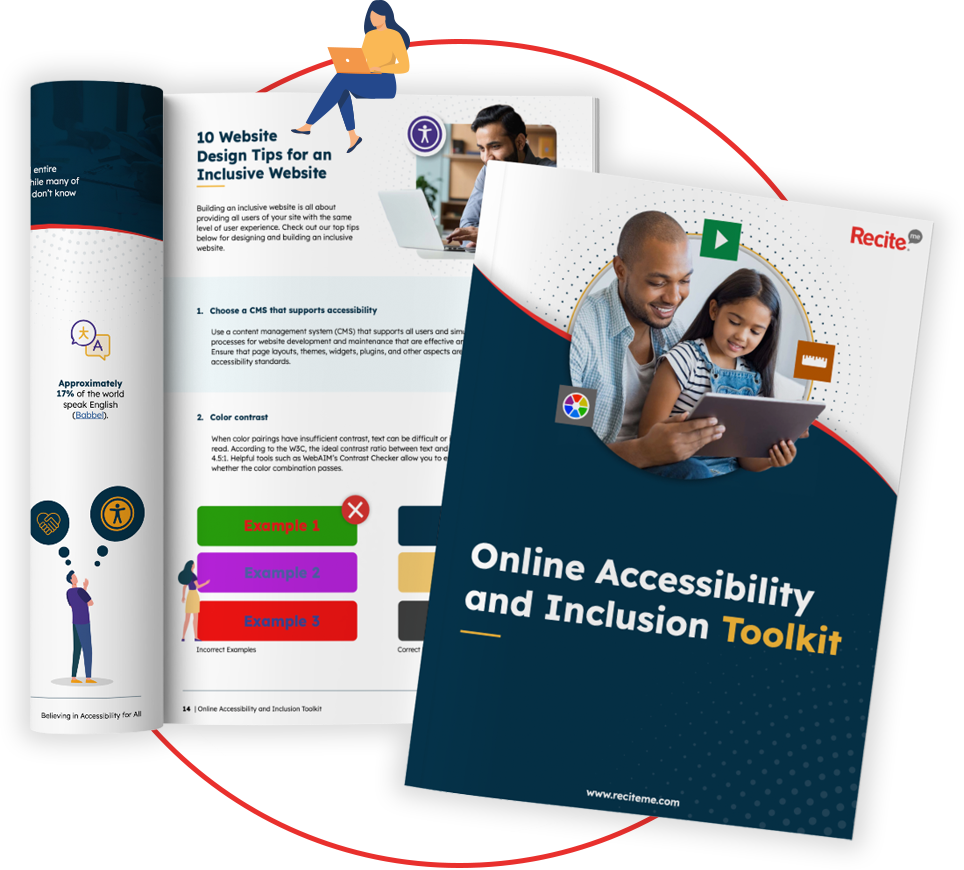
Conclusion: Implement WCAG best practices for accessibility compliance
WCAG 2.2 builds on the solid foundation of 2.1, introducing new criteria that make websites more usable for people with a wider range of disabilities. As WCAG standards continue to evolve, keeping accessibility at the heart of your digital strategy will ensure your website remains inclusive, compliant, and future-proof.
To get started, make sure you download a free accessibility scan of your website. And for more support, reach out to a member of our team to see how we can help.
WCAG 2.1 Vs WCAG 2.2 FAQs
Looking for a recap or quick summary? Here are a few of our most frequently asked questions to help you get to grips with the essentials:
If I meet WCAG 2.1, am I close to WCAG 2.2 compliance?
Yes, WCAG 2.2 builds on 2.1 by adding nine new success criteria. If you’re already aligned with 2.1, updating to 2.2 is a relatively small step forward.
What’s next after WCAG 2.2?
WCAG 3.0 is in development. It will introduce a new scoring system and broader guidelines for digital accessibility. While it’s not ready yet, focusing on compliance with WCAG 2.2 will help prepare you for future updates.
Which WCAG level should I aim for?
Level AA is a good goal because it makes your website accessible while still being realistic to implement. It is also the standard most widely referenced in global accessibility laws.
What happens if my website is not WCAG compliant?
Non-compliance can expose your organisation to lawsuits and financial penalties, but more importantly it excludes people with disabilities from accessing your content or services.
If my website is WCAG 2.1 compliant, do I need to upgrade to 2.2?
Not necessarily right away, but it’s a smart move. WCAG 2.2 builds on WCAG 2.1 by adding nine new success criteria. If your site already meets 2.1, you’re in a strong position, upgrading to 2.2 usually means making only a few additional improvements.


